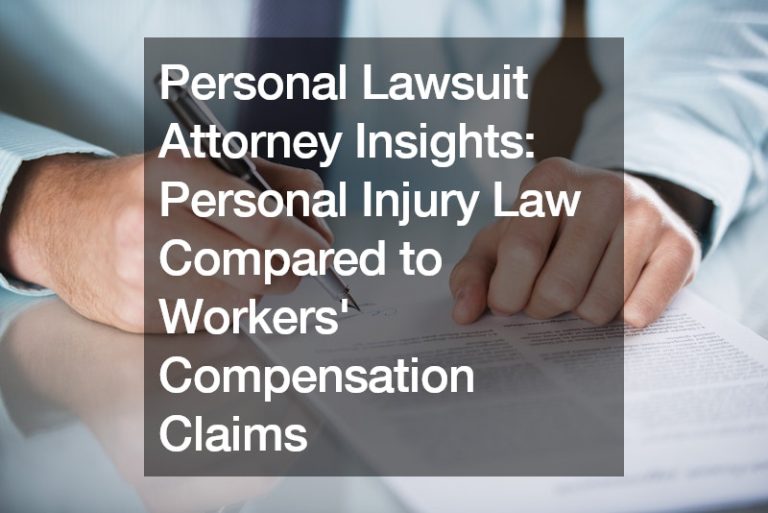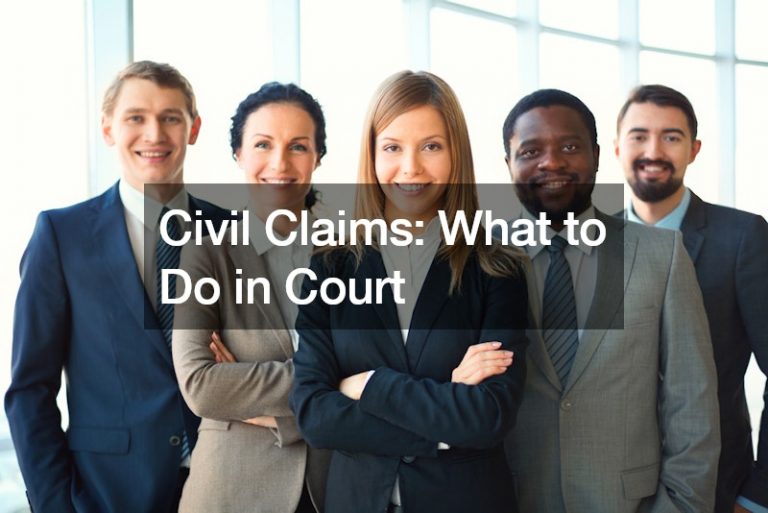Giant corporations are now constantly facing competition from startup companies that bring modern products, services, and applications to the masses. These small businesses are backed by a changing attitude in how consumers purchase products and avail of services. Added to this, consumers nowadays prefer companies with values. They want brands that operate with a purpose.
However, thriving as a business takes more than just offering social equality or sustainability. Just like their giant competitors, small family-run businesses and startup companies have started investing in protecting their intellectual property. In response, big brands use legal measures that are at times, unreasonable and damaging. Take for example the case between Apple, Inc., and Prepear.
Abuse of Dominance
Apple filed a lawsuit against Super Healthy Kids, the parent company of Prepear, an app that allows parents to plan meals and find recipes for their children. Apple insisted that Prepear’s logo was almost the same as theirs and that people will get confused between the two. Prepear’s logo is of a pear.
After a lengthy battle, Apple and Prepear reached an agreement with the latter modifying its logo.
This is a clear abuse of dominance on the part of Apple. Although spectators can agree that both Apple and Prepear’s logos have a minimalist design, they are two totally different fruits. In addition, and in a different angle, Super Healthy Kids’ business is distinct from every way to Apple’s.
In another example earlier in 2020, McDonald’s filed a complaint against Supermac’s, a small family-owned business in Ireland, for having “mac” in its business name. Just like
McDonald’s, Supermac’s is a fast-food chain. It sells Irish food and burgers as its main offerings.
However, what makes this a great example of abuse of dominance is McDonald’s move to trademark words containing “Mac” and “Mc.” In effect, according to a leading intellectual property analyst, Managing IP, this is called trademark bullying.
What is Trademark Bullying
Because of the law’s impartiality, colossal brands are able to launch legal attacks against smaller companies, justifying it’s their right to enforce the protection of their intellectual property. While every company should guard its intellectual properties, it’s important to be on the lookout for organizations that bully or troll others.
According to Managing IP, the US Patent and Trademark Office describes trademark bullies as trademark owners that intimidate and harasses companies, imposing their trademark rights beyond what
is legally reasonable.
Trademark claims can be described as unreasonable when large companies enforce their right even without commercial gain on their part, only burdensome and costly litigation on the receiving end. Often, trademark bullies avoid agreeing to reasonable compromise, standing firm that it’s the job of the victim to concede. In other cases, they have unreasonable demands, such as in the case of McDonald’s vs. Supermac’s.

The Problem With Trademark Bullying
Unfortunately, because of trademark bullying, small startups find it difficult to enter the market. They face discouragement and fear from large businesses.
Added to this, the cost of litigation is too bearing on small companies. According to IP Watchdog, the average litigation cost ranges from $375,000 to $2 million. Small businesses simply lack the financial power to fight industry giants. In the end, the majority of small brands involved in these cases submit to the demands of large corporations and accept their conditions, such as in the case of Apple vs. Prepear.
How to Protect Your Business Against Trademark Bullies
A trademark owner will initially send a letter informing the receiving party about their trademark claim. Often, out of lack of knowledge about intellectual property laws, small businesses ignore the threatening party’s letter and instead, wait for legal action against them. While this is not an ideal response, it is a common practice.
In some cases, small companies resort to social media to gather support. While it can help, it doesn’t always positively end. Prepear took this route when battling against Apple. According to Managing IP and IP Watchdog, however, the best way to counteract is to answer the letter through a lawyer specializing in intellectual property laws.
Intellectual property or IP attorneys are adept at responding to trademark claims. A declaratory judgment, abuse of process, Rule 11 sanctions, and the Lanham Act are legal counterclaims against trademark bullying that are best left with the experts.
How to Avoid Being a Trademark Bully
It’s only fitting for companies to protect their brand. However, pursuing a trademark claim should be on the basis of worthiness and long-term impact. It’s important to ask questions that can determine these factors. Is a claim even worth it? What is its long-term impact for both the threatening and receiving parties? Will a business gain from a claim?
Where to Draw the Line
Be proactive in drawing the line between trademark bullying and fair enforcement of trademark rights. At the outset, understand what’s at stake. For best protection, however, work with an IP lawyer.







